Pinecone Fish Facts
- Perhaps most notably, the term Pinecone Fish serves as the common name for any of the quite unique species within a specific Family. Furthermore, for the moment, a small total of only four different but very closely related species fit within that most unusual of Families
- Additionally, these four varieties of fish then become further divided among two very closely related genera. The highly descriptive collective common name for these four individual species understandably derives from the nature of the general physical appearance.
- Truly regrettably, that same distinctive physical appearance also creates difficulties for the impressive creatures. That holds true due to the fact that its startling look serves to make the various members of the remarkable grouping a popular addition to public aquariums.
- In addition, for the moment, the IUCN does not yet list any of the forms of Pinecone Fish on its Red List of Threatened Species. This surprising omission occurs despite an unfortunate fact. That’s because one member of the Family inhabits an extremely limited native range.
- However, this status could potentially change in the near future. This holds true due to a variety of reasons. Firstly, one of the species remains a commercially fished species. Secondly, though, chief among these would be the very real threat of ongoing climate change.
Related Articles
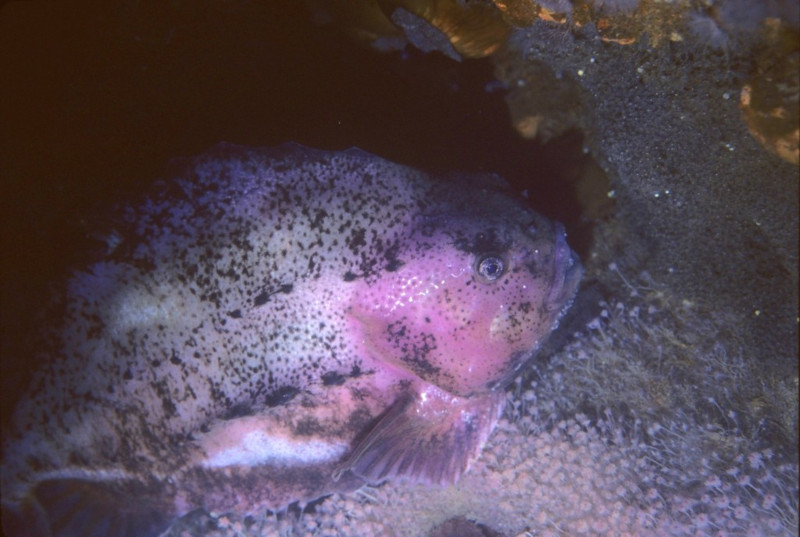
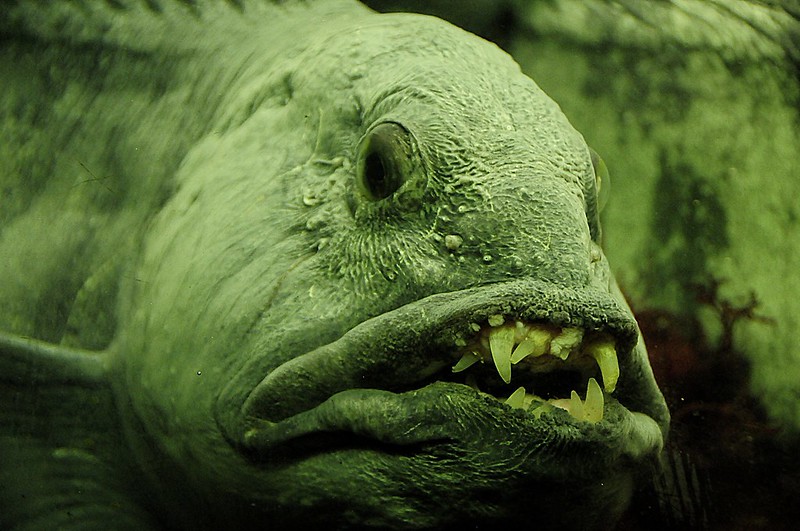

Pinecone Fish Physical Description
First of all, the term of Pinecone Fish perfectly suits this amazing creation of Nature. That holds true due to the general appearance of the fascinating animal. It also applies equally to both genders, because none of the various forms of the strangely named Beryciforme display any noticeable degree of the trait of sexual dimorphism.
Since the common name applies to four different species, some physical characteristic naturally vary. One of these is sheer size. But, all of them remain comparatively small, to be certain. That’s due to the fact that even the largest of them only attains an average length of about 12 in (30 cm).
Further, the body generally appears quite rounded in shape. In addition, virtually the entire body has a covering of large, thick scales. Not only that, but each of the scales also displays sharp, prominent ridges. The only area of the body that does not display this armored protection remains the fins themselves.
Not content to stop here, thanks to Nature, the amazing Pinecone Fish also displays very brilliant coloring. While these colors sometimes vary, the predominant colors generally consist of various shades of orange and yellow. However, each of the scales usually also displays a dark outer lining.
Finally, each individual also develops a bioluminescent organ known as a photophore. The remarkable organs grow on each side of the lower jaw. These utilize symbiotic bacteria within the organs to produce a pale light, believed by researchers to attract the zooplankton that the animal feeds on.
- Kingdom: Animalia
- Phylum: Chordata
- Class: Actinopterygii
- Order: Bericyformes
- Family: Monocentridae
Pinecone Fish Distribution, Habitat, and Ecology
Naturally, under the circumstances, each of the various forms of Pinecone Fish has its own specific native territory. But, all of them appear to live in the same general area of the world. More precisely, these fish evolved as endemic to tropical and subtropical regions of the Indo-Pacific Ocean.
Yet, while the range of the four known species covers a great deal of territory, the greatest concentration appears to be in the vicinity of Madagascar, near Africa. The different varieties of this fish typically live along the ocean floor, within a specific depth range of roughly 33-656 ft (10-200 m).
Many individuals of all species also appear to prefer to inhabit coral reefs, rocky areas, caves, and ledges. In all parts of its range, though, the Pinecone Fish appears to live a primarily nocturnal life. In addition, all known varieties typically live in very large groupings, known as schools.
Regrettably, researchers presently still known very little about some facets of the life of these amazing creatures. One of these is its reproductive biology. But experts do believe that, once laid, neither parent guards or cares for the eggs. It mainly feeds on tiny prey, mostly including plankton.
Species Sharing Its Range
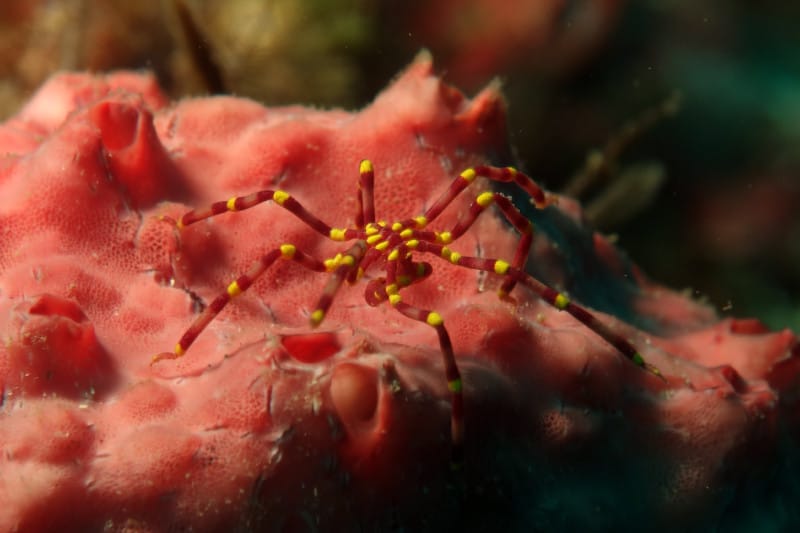
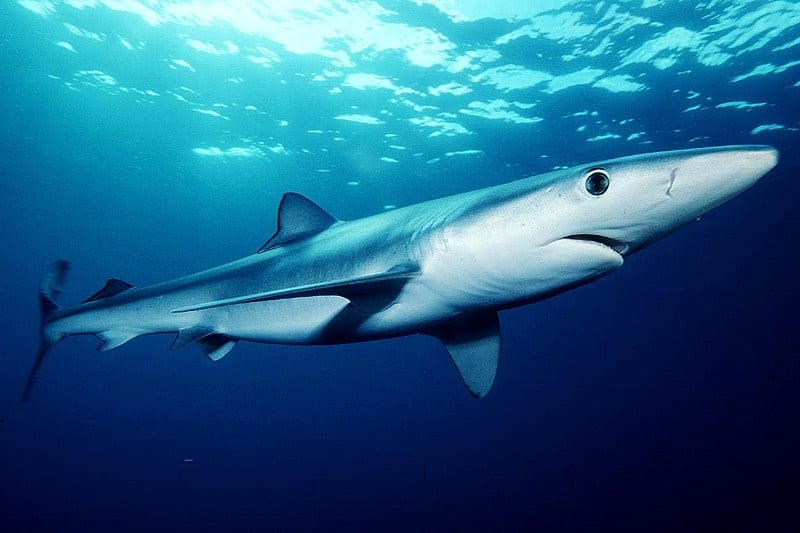
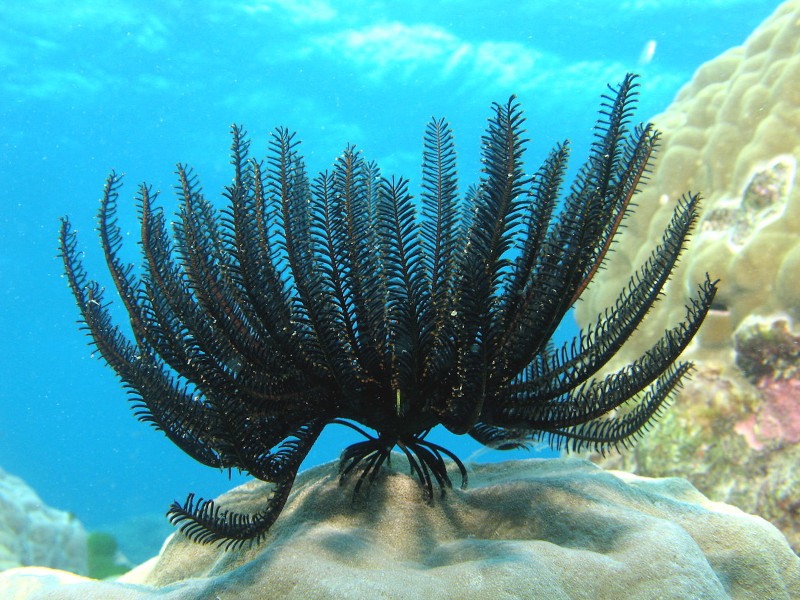
Check out our other articles on Astounding Lizards of the World, Victoria Crowned Pigeon, Plitvice Lakes, Longspine Squirrelfish, Numbat, Lady’s Slipper Orchid, Eastern Yellowjacket, Draco Volans
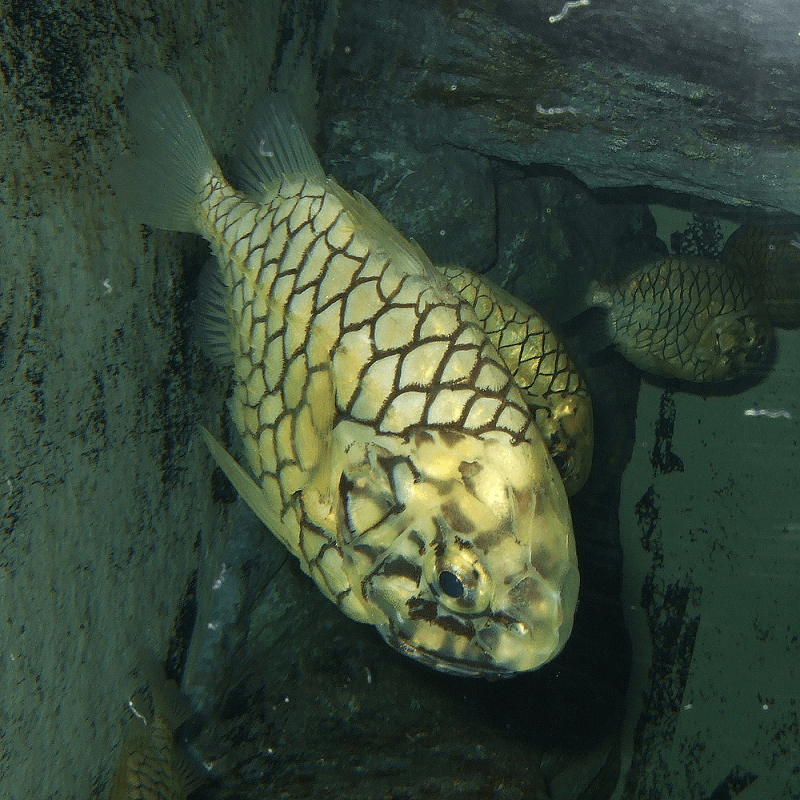











Leave a Reply